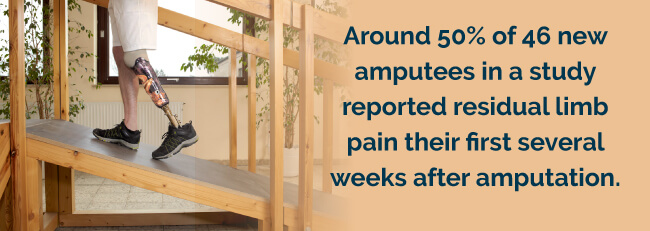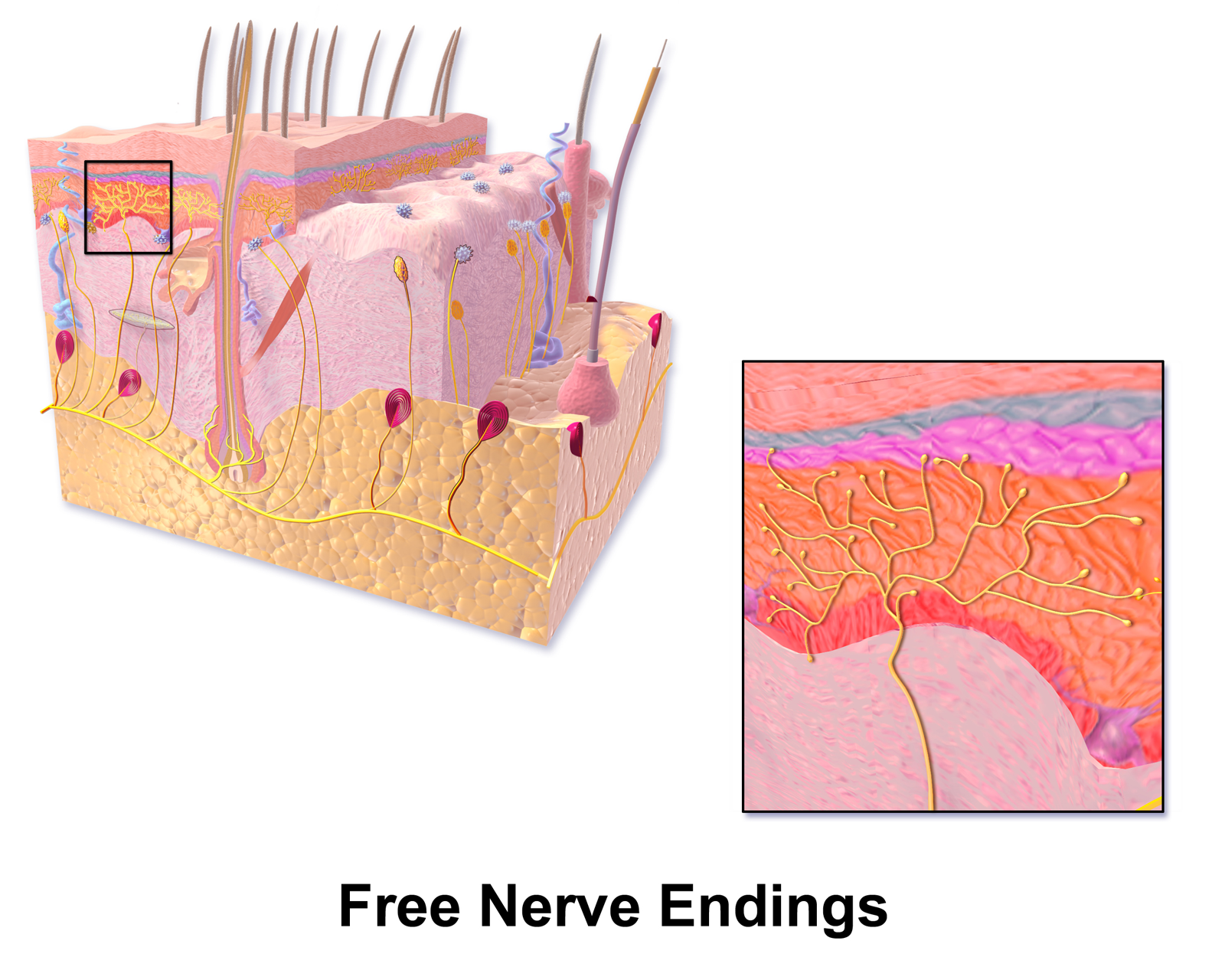

And since this particular operation involves tissues around a nerve, nerve injury is a possibility. Infection is also a risk with most surgeries. Like most surgeries that require general anesthesia, sciatica surgery comes with the risk of blood clots and heart attack. Minimally invasive surgery usually means faster recovery, but if the surgery involves more than one vertebra or disc, your back may take longer to heal.
#Residual pain full
Numbness may still be present after the surgery, and there is always a chance of sciatica coming back at another vertebra.ĭepending on the type of sciatica surgery, most people are walking the next day, and full recovery typically takes two to four weeks. Are you expecting to go back to work and the gym in a week? Are you hoping the pain will be gone entirely and for good?Īlthough most people experience up to 90 percent improvement in their pain levels after a sciatica surgery, no doctor can guarantee this. Be sure to discuss with your surgeon the post-surgery goals, especially those around pain and activity. Making a decision about sciatica surgery when you are in a lot of pain can be tough. Because every person experiences pain differently, it often takes working with the right specialist to find the combination of treatments that works for you. If you feel like you have exhausted your options with your primary care physician, consider making an appointment with a rehabilitation physician or a pain medicine specialist before calling a surgeon. There are several types of doctors who treat sciatica pain. What works for one person may not be as effective for someone else. They may include pain relief medications, steroid injections, physical therapy, aquatic therapy, meditation and nerve blocks, among others. There are several ways to manage sciatica without surgery, depending on the cause.

Sitting could be painful with sciatica - and driving even more so. This may cause anything from mild discomfort to making the simplest tasks intolerable. The pain can come and go, sometimes lingering for days and even weeks. Sciatica pain may extend all the way from the lower back, through the back of your thigh, to your foot. How is sciatica affecting your quality of life?.This condition is called piriformis syndrome and rarely requires surgery. In addition, sciatica-like pain may result from irritation of the sciatic nerve by the piriformis muscle in the buttock. The type of surgery would depend on the problem. Degeneration of the spine due to wear and tear, which may result in bone spurs (areas of extra bone growth)Īlthough most of these causes can be addressed with surgery, it is rarely the first line of treatment.Spondylolisthesis – slipped and misaligned vertebrae.Spinal stenosis – narrowing of the space inside the spinal canal.

Whether or not surgery would get rid of your sciatica will depend on why the sciatic nerve is inflamed in the first place. Sciatica may have a variety of causes, each of them requiring a slightly different treatment.


 0 kommentar(er)
0 kommentar(er)
